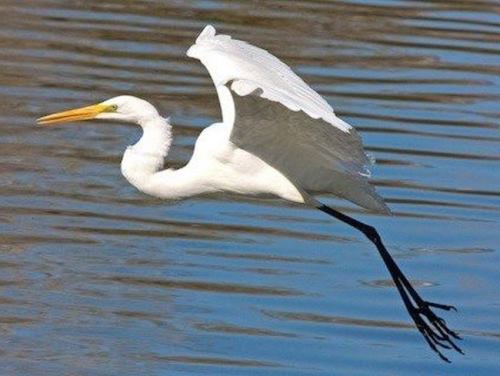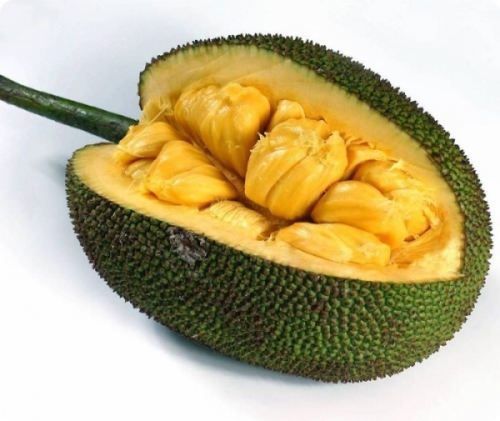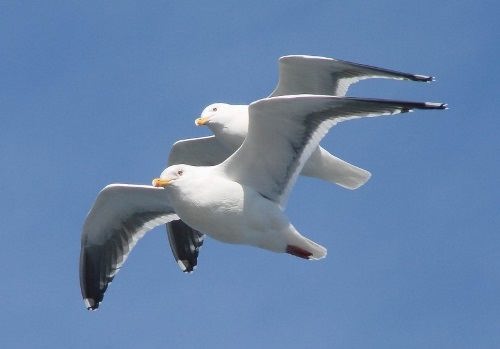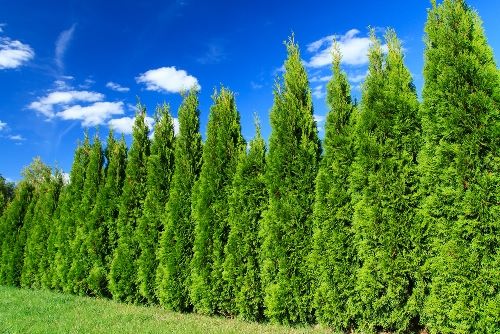Palm – Prince of Plants
Sometimes people call the palm the “prince of the plant kingdom” because it’s one of the most useful plants. You know, palms grow as trees, shrubs, and vines in warm regions. There are about 2,800 different kinds of palm. Especially many species of palm trees grow in Madagascar and Colombia.
The trunk is branchless, with large leaves on the top. Palm leaves may be shaped like fans or feathers. As you know, palms produce dry or fleshy fruits that vary in size, shape, and structure.
The coco-de-mer (sea coconut) is the largest fruit in the world. It can be larger than a human head.
The coconut palm provides vegetable oil for cooking, the fiber can be woven into ropes and mats. By the way, the coconut shell is used to make cups and bottles. Some island people say there are as many uses for coconuts as there are days in a year.
More »






